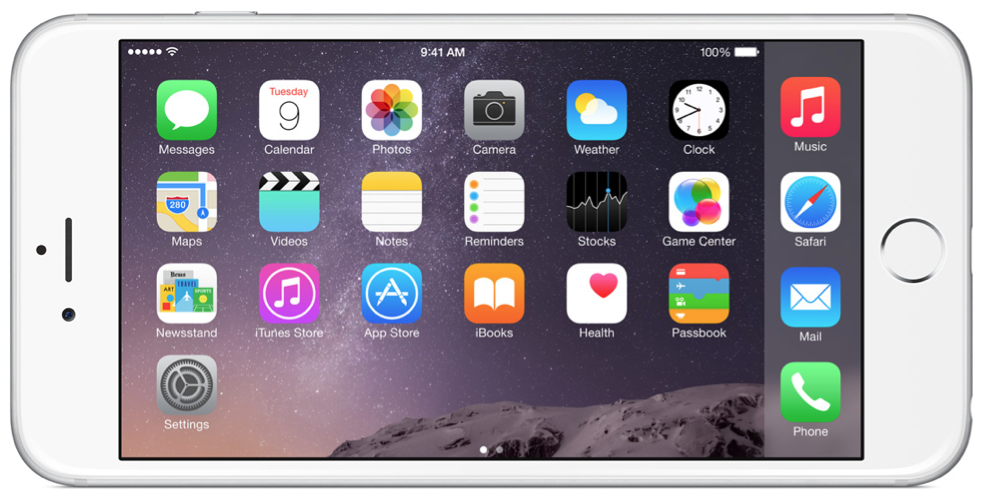Apple is using two accelerometers in both the iPhone 6 and 6 Plus, Chipworks has discovered in its extensive teardowns of the two handsets. The first is the three-axis BMA280 accelerometer, made by Bosch, and the second is believed to be InvenSense’s six-axis MPU-6700.
Why two? Interestingly enough, Chipworks believes that Apple decided to go with two accelerometers to improve power management and overall user experience. The InvenSense is more sensitive, and can do more things, than the Bosch, but it also draws a lot more power.
What this means is that for gaming and other applications that require “sophisticated inertial sensing capabilities,” the iPhone will use the InvenSense. But for more simple tasks, like rotating the screen to match its orientation or tracking footsteps, the iPhone will use the Bosch.
This remarkable engineering trick results not only in less power consumption, but also a more streamlined user experience. The Bosch accelerometer has a significantly faster cold start up time than the InvenSense—3ms vs. 30ms, respectively—meaning users see less of a delay.
Apple introduced the iPhone 6 and 6 Plus during its September 9th keynote event. Both handsets feature larger displays, better battery life, and thinner hardware than their predecessor, the iPhone 5s, and both launched around the world last week in record-breaking numbers.
